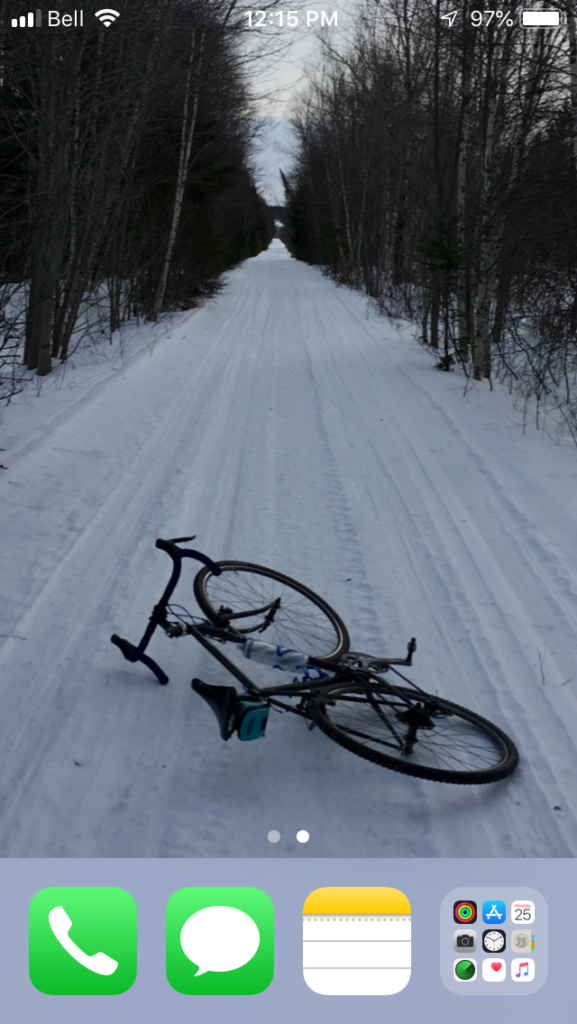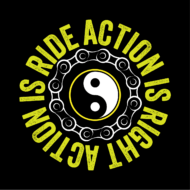My buddy Steve posted over on his site about ordering up one of the forthcoming Light Phone 2’s – basically a stripped down phone that does calls, messaging and that’s about it.
The prospect was appealing to me, and fatefully enough checking with my mobility provider tells me that the contract is up on my trusty iPhone SE at the end of this month. Fate? I dunno.
I’m painfully impulsive when it comes to things like this so as hard as it is, I’m going to exercise discipline and not pull the trigger immediately on a Light Phone. Instead, I’ll use Steve’s experience with it as research.
However, it occurred to me that one could practically render the iPhone a ‘Light Phone’ by dumping all the apps, or as much as the OS will allow, so as an experiment, I decided to do that. The surprise was that it was really hard to think about not using some apps, let alone deleting them – a telling indication for sure and perhaps a reason I won’t be able to go for the actual Light Phone in the long run, but we’ll see.
For the record, I’ve neutered my phone down to:

- Activity App – Syncs with my Apple Watch;
- App Store – must use, can’t get rid of it;
- Calendar – even thinking about getting rid of this gave me the shakes. Trying to keep track of 6 family members without access to this would be a nightmare. Probably the reason right here that I’ll never go Light Phone;
- Camera – can’t get rid of it;
- Clock – can’t get rid of it;
- Contacts – basically for phone/messaging purposes;
- Facebook Messenger – still my main source of comms with many people;
- Find iPhone – can’t get rid of it;
- Health – can’t get rid of it, and I actually use it;
- iMessage – can’t get rid of it, don’t want to;
- Music – this was a tough one, but I use the phone to listen to music on the bike trainer and other places, so I kept it. I don’t use it in the car or at work though;
- Notes – I use Notes for everything. All the time. I’ve got so much stuff in there;
- Phone – can’t get rid of it, don’t want to;
- Photos – can’t get rid of it;
- Safari – can’t get rid of it;
- Settings – can’t get rid of it;
- Wallet – can’t get rid of it;
- Watch – can’t get rid of it, well, if you want to use the watch;
- Weather – I can get rid of this, but I need it in order to display weather on the watch, which I do use often.
I buried all the apps in a folder on the task bar at the bottom because they can mostly be accessed by a swipe right and/or search. For the most part, swiping right, Siri is pretty good about knowing what app I’m looking for and offers it up via witchcraft.
Notable exclusions/things that gave me pause about deleting:
- Email – yup. No more email on the phone. This could prove problematic as lots of family business and updates are sent via email, but we’ll see;
- ScannerPro – an app that I used to scan paper documents to GoogleDrive. Very good at what it does and useful for getting rid of paper clutter. I don’t use it often, but when I do, it’s great. I’m already thinking I will re-install this the next time I want it without hesitation;
- Banking App – not sure how often I actually used this – guess we’re gonna find out;
- Password Manager – all my passwords are still accessible on my desktops, but sometimes I had to look one up;
- Chrome – I loathe the Safari mobile app. Also use Chrome on my desktops so I won’t get bookmark/history sync anymore;
- Feedly – I can access this on desktop too, but on the phone it was my go-to time-killer. Got a few minutes? Find some articles on Feedly. Guess I’ll have to stare at a wall, or – gasp – talk to strangers now.
So that’s it, one screen. I’ll see what this gets me. Going to go two weeks from today and then review how things went and post up here.
